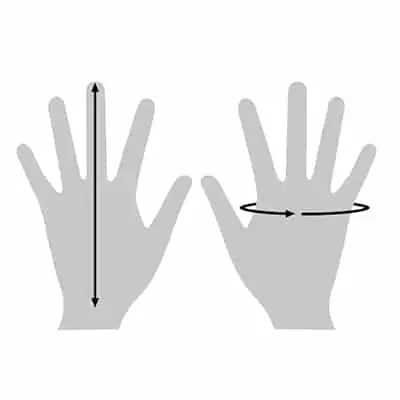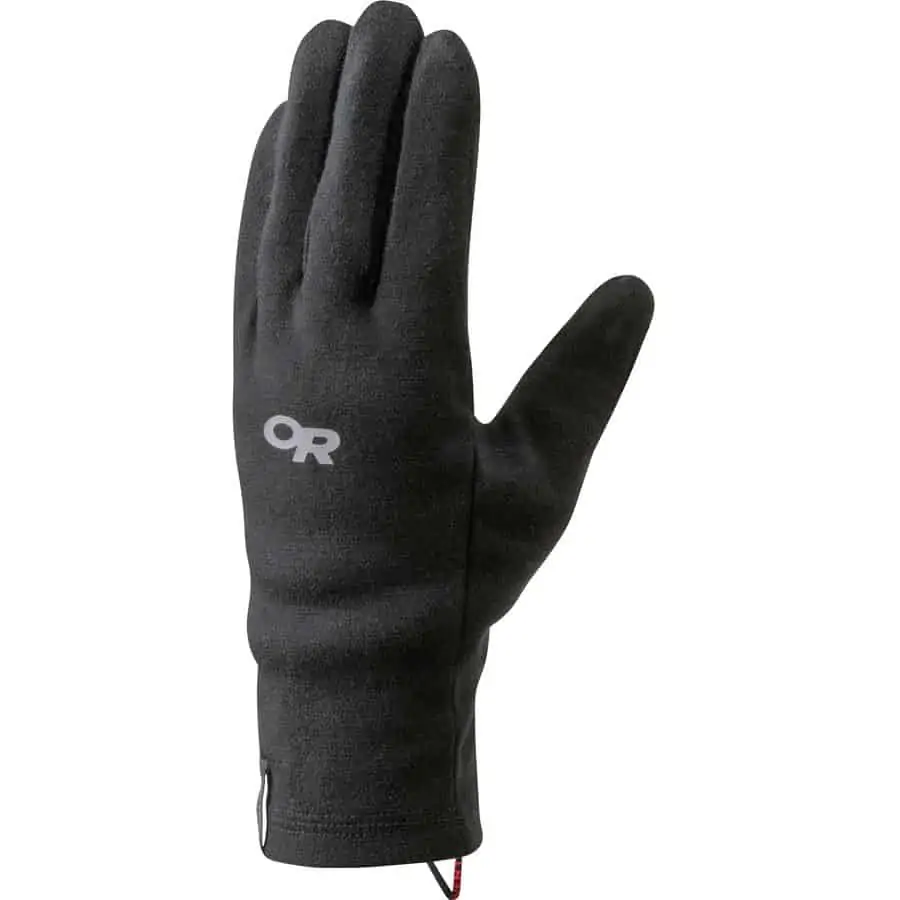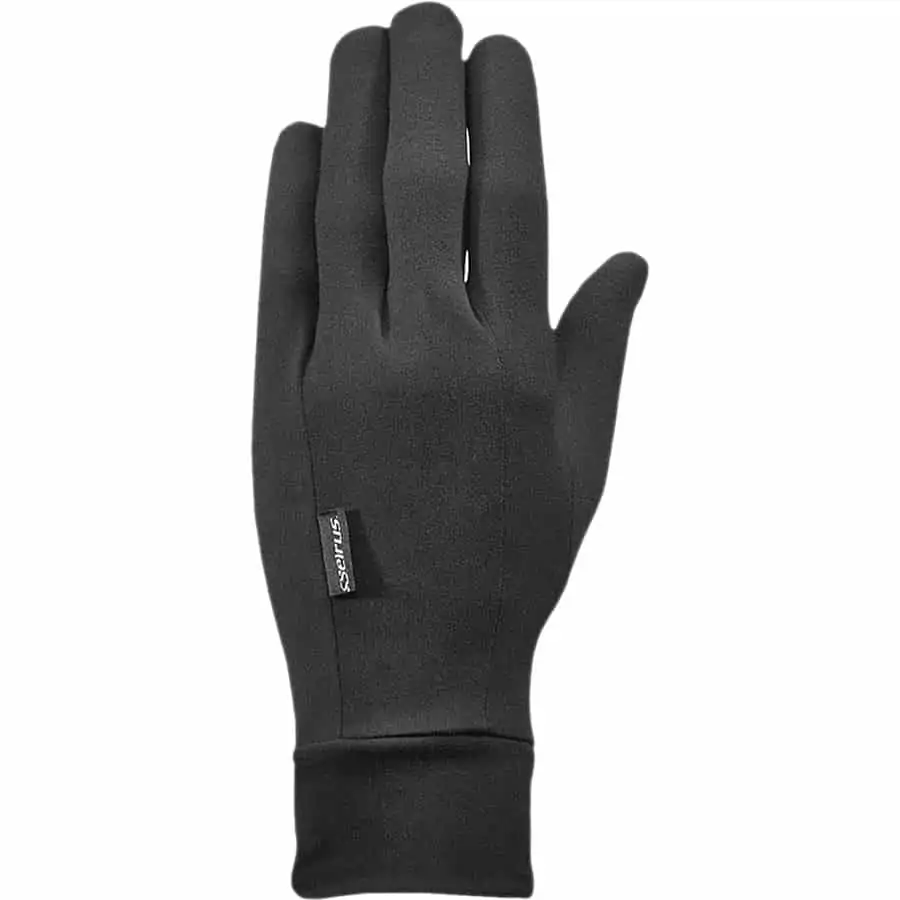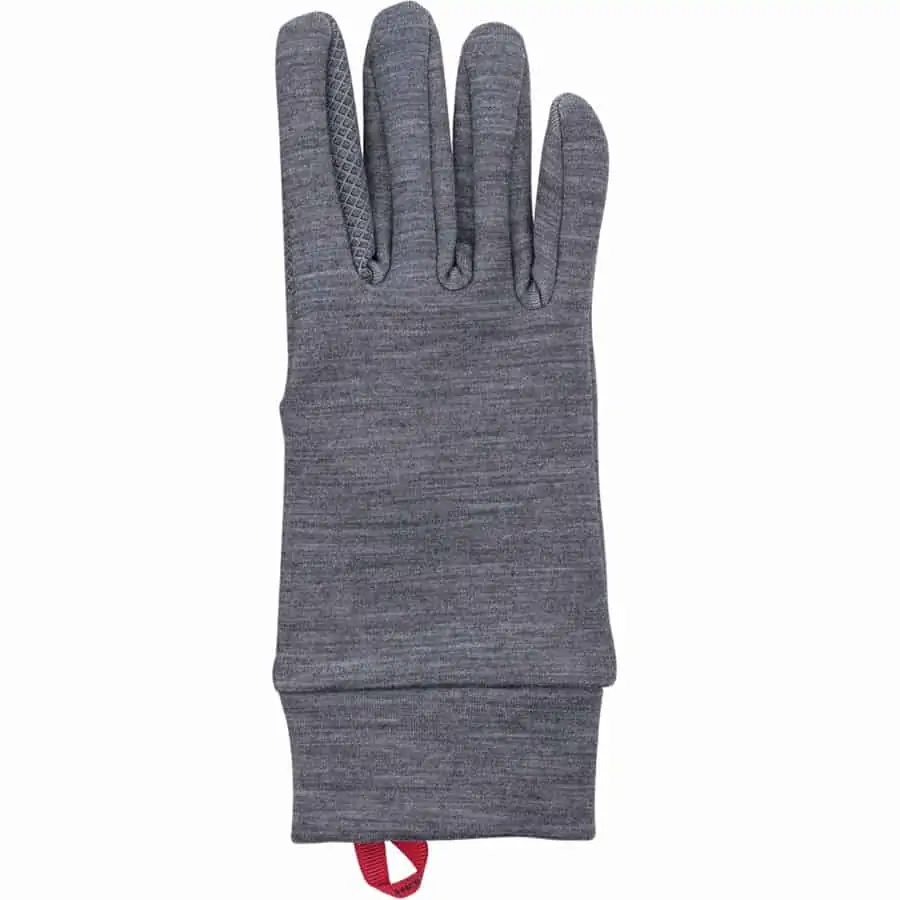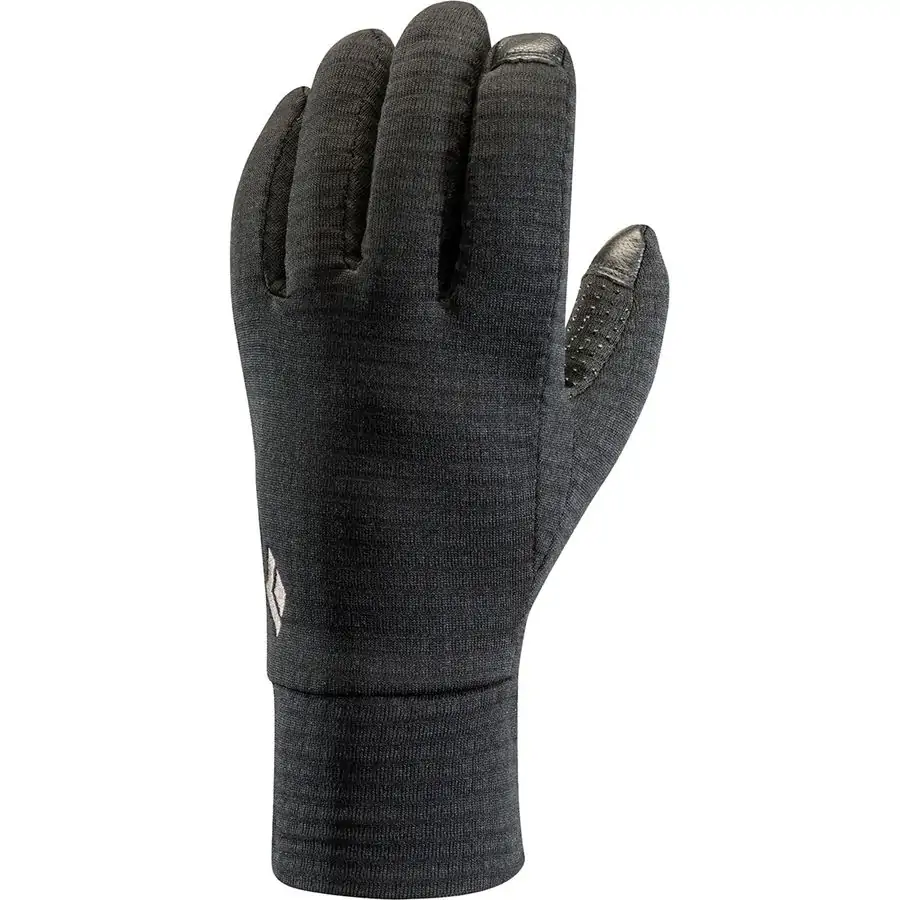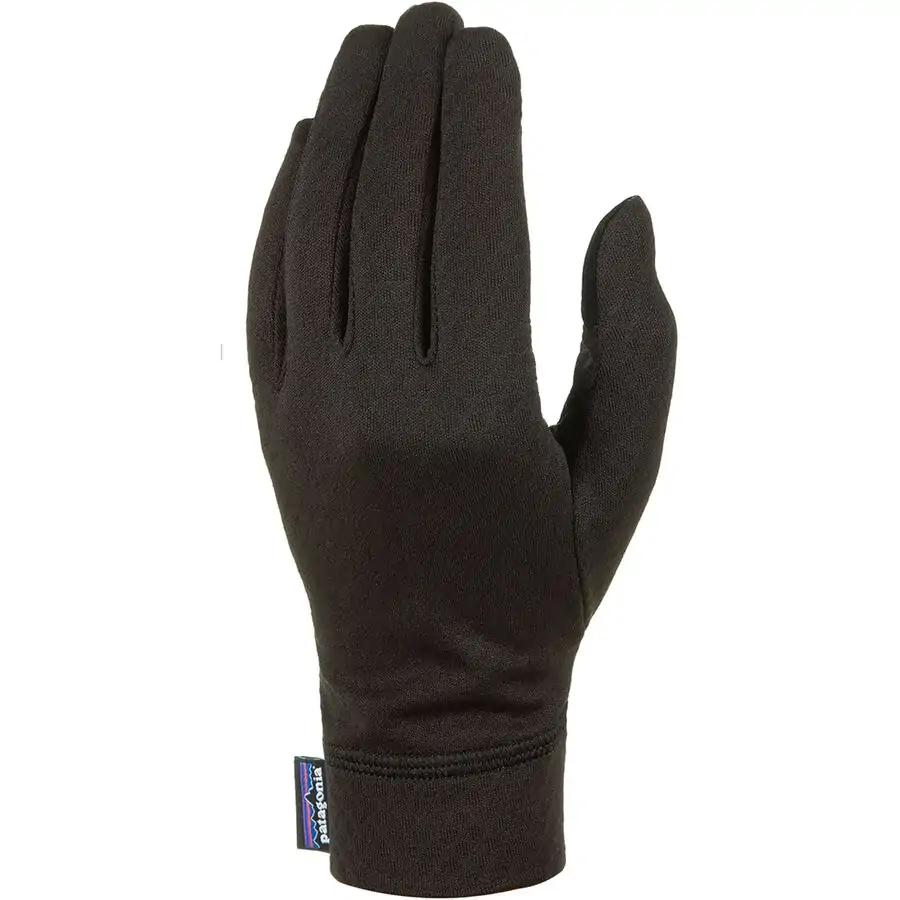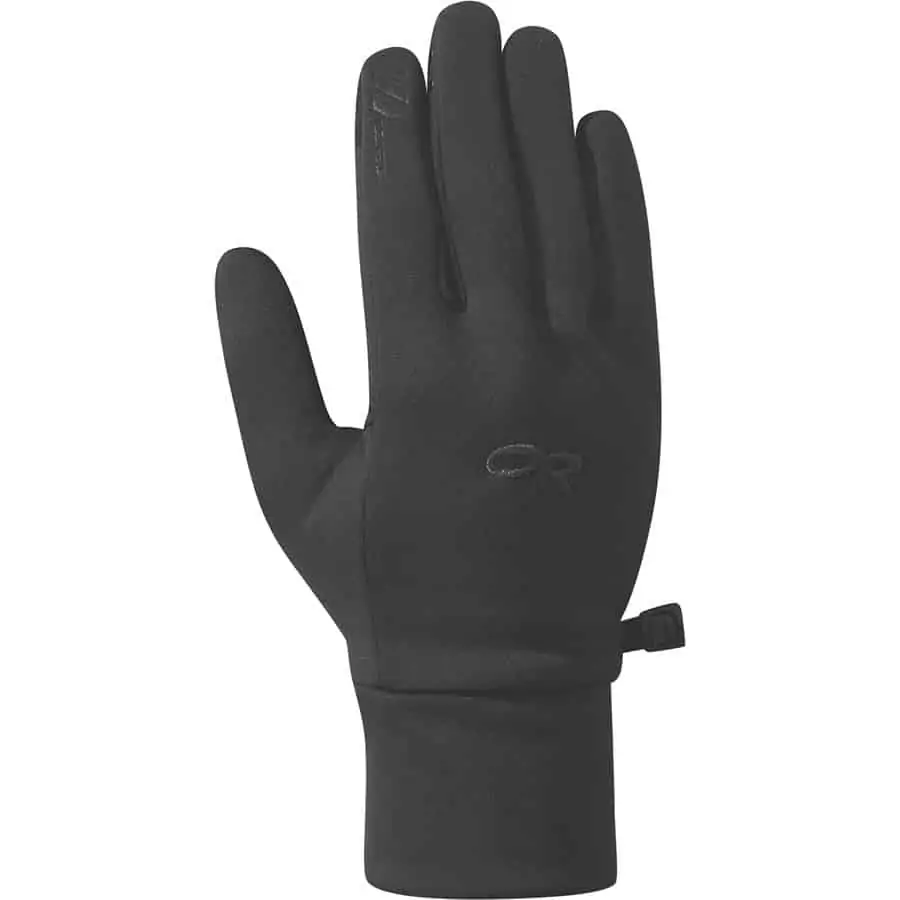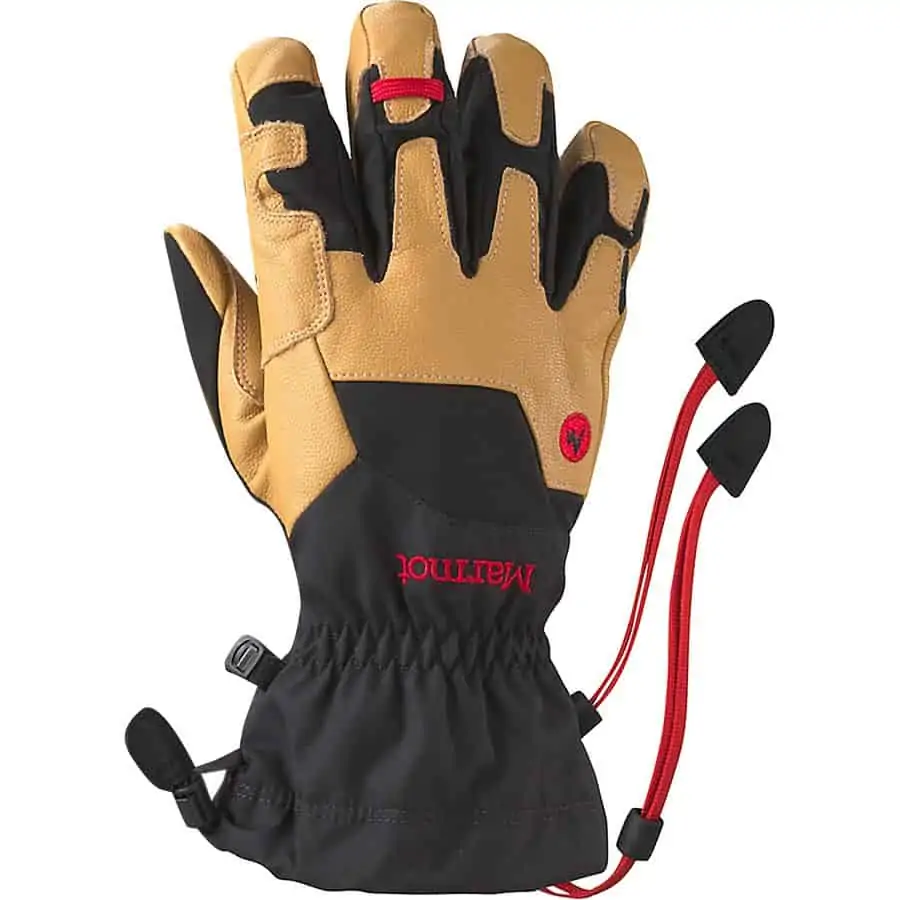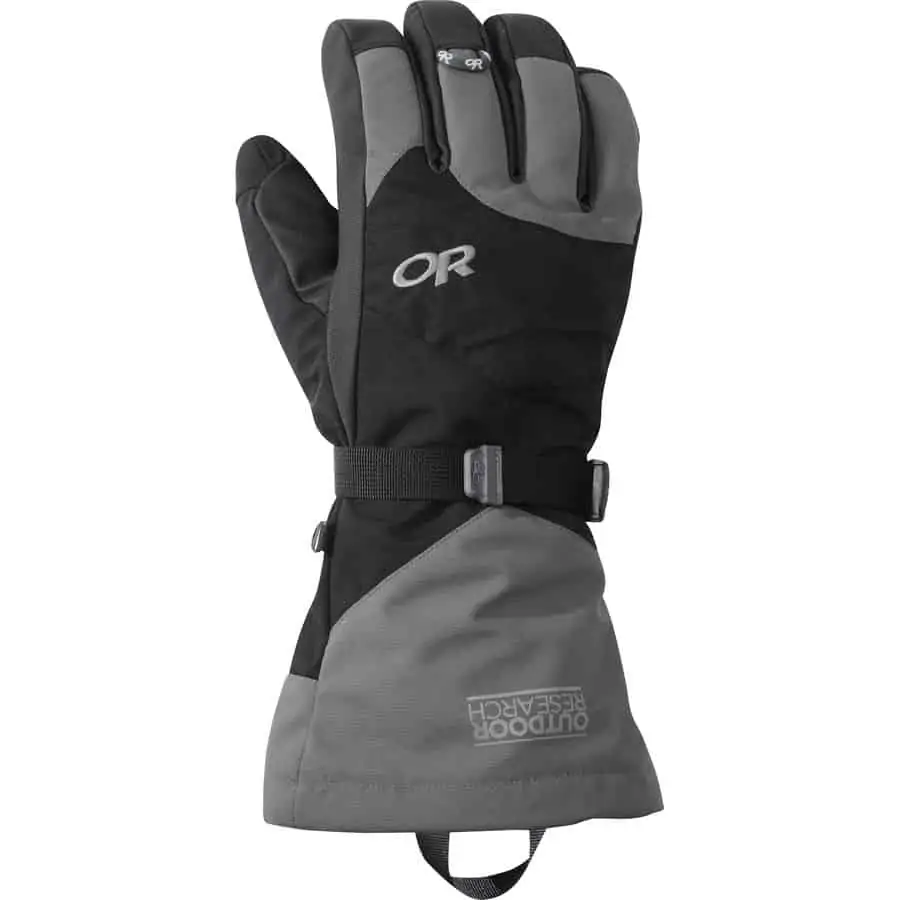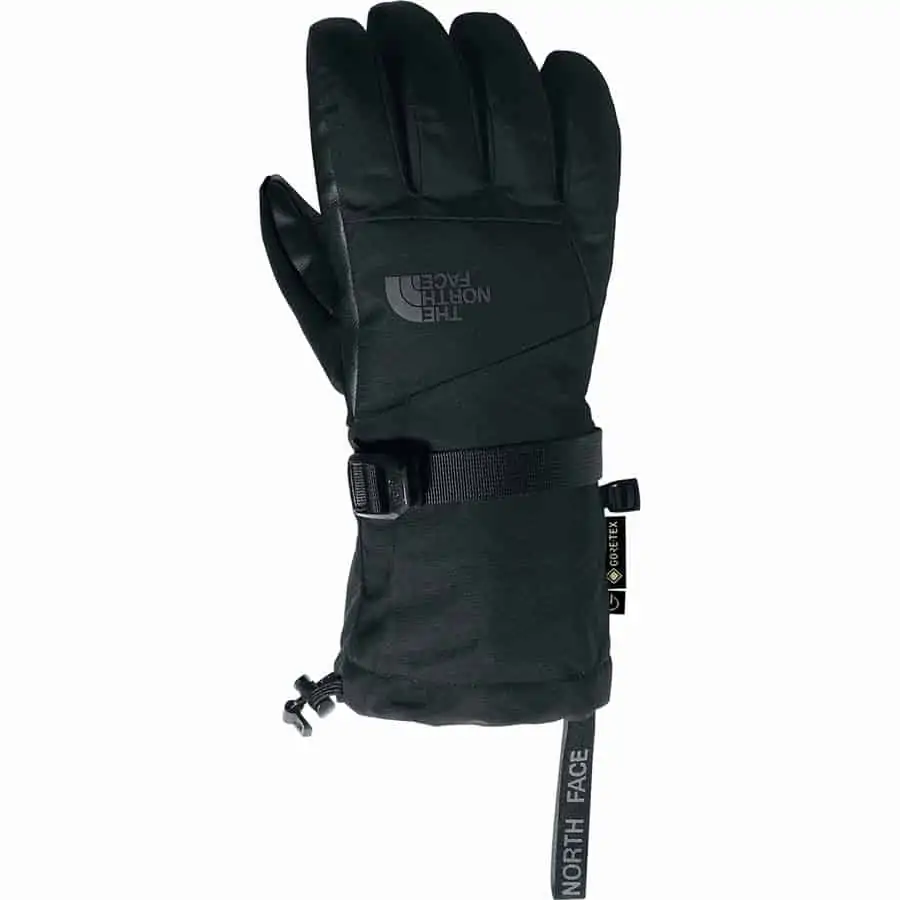Just like the clothing you bring for climbing Kilimanjaro, you should bring a variety of gloves. So what exactly should you bring? Keep in mind that climbing Kilimanjaro is trekking, not mountaineering so you won’t have your hands stuck in the snow. But it does get cold at night—especially summit night. The temperatures can get below zero. Keeping your hands warm is an important factor in helping you make the summit. If you don’t have the correct gloves and your hands are freezing as you grip your trekking poles, you will be miserable and it may even prevent you from making the summit.
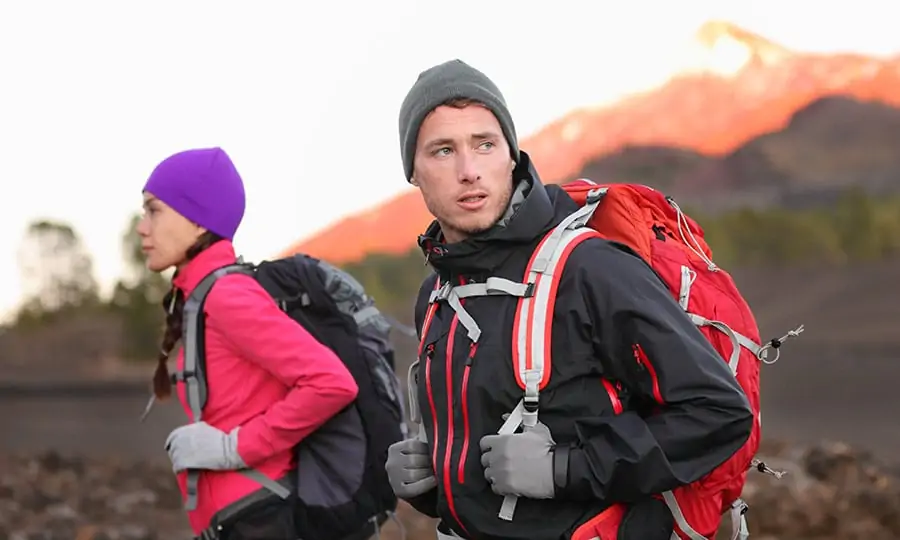 With this in mind, what gloves should you purchase and pack for your Kilimanjaro climb? Below are our suggestions for gloves.
With this in mind, what gloves should you purchase and pack for your Kilimanjaro climb? Below are our suggestions for gloves.
Lightweight Gloves
The first pair of gloves you should bring is a lightweight glove that is dual purpose. On the one hand (pun intended), they should keep your hands warm as you hike. On the other, they should be durable enough that they help pad your hands while you use trekking poles.
There are several types that will work for this. The material used for glove liners can be made of silk, wool, lycra, polyester, nylon, and fleece. Make sure you choose one that is both durable and warm and will last the entire trip. Don’t skimp on your gloves. Get ones that are made for hiking in the cold.
Midweight Gloves
The second type of glove you should consider bringing is a midweight or wind blocking glove. If you are also bringing a ski or snowboarding glove or mitten, you don’t have to bring both a liner and mid-weight glove. One or the other will do. For a wind blocking glove, they can be made of the same type of material as a liner. They come in a variety of materials such as softshell, wool, fleece, nylon, or Polartec. Some varieties are fleece lined. They are usually more durable than the liner, thicker, and should block the wind, which in turn keeps your fingers warmer.
This weight of glove is particularly useful on the lower sections of the mountain where it is cold but dry. Depending on the glove you purchase they probably won’t keep your hands dry if they get wet.
Heavyweight Gloves
Finally, the gloves you’ll want to bring for the summit can be ski or snowboarding gloves or mittens. They should be good to below zero degrees and keep your hands warm, dry, and block the wind. They should be made of Gortex or another waterproof fabric with a liner. If they do not have a liner then bring the liners mentioned earlier.
Another option is to wear mountaineering or trekking gloves that can be made of leather, goatskin, or nylon. They should be fleece or polyester (Primaloft) lined for insulation.
Glove Sizes
Finally, make sure your gloves fit before you depart for Tanzania. To measure your hands wrap a tape measure across your palm. You should use your dominant hand, the right if you are right-handed, and the left if you are left-handed.
Also, make sure your heavy gloves fit over your liners if you are using them.
| Glove Size Equivalents Some manufacturers indicate glove sizes by number and others by letters standing for Small, Medium, Large, etc. We always indicate the size of a pair of gloves the same way the manufacturer does. Use the table at the right to translate between “letter sizes” and “number sizes”. |
|||||||||
|
Sizes for UNISEX Gloves and Mittens
|
|||||||||
|
–
|
XXS
|
XS
|
S
|
M
|
L
|
XL
|
XXL
|
XXXL
|
|
| Hand Circumference (inches) |
6.5
|
7
|
7.5
|
8.5
|
9
|
9.5
|
10
|
11
|
|
|
–
|
|||||||||
|
Sizes for WOMEN’S Gloves and Mittens
|
|||||||||
|
–
|
XXS
|
XS
|
S
|
M
|
L
|
XL
|
XXL
|
XXXL
|
|
| Hand Circumference (inches) |
–
|
6
|
6.5
|
7
|
7.5
|
8
|
–
|
–
|
|
|
–
|
|||||||||
|
MEN’S SIZES
|
|||||||||
|
–
|
XXS
|
XS
|
S
|
M
|
L
|
XL
|
XXL
|
XXXL
|
|
| Hand Circumference (inches) |
–
|
7
|
7 ½ – 8
|
8 ½ – 9
|
9 ½ – 10
|
10 ½ – 11
|
11 ½ – 12
|
–
|
|
